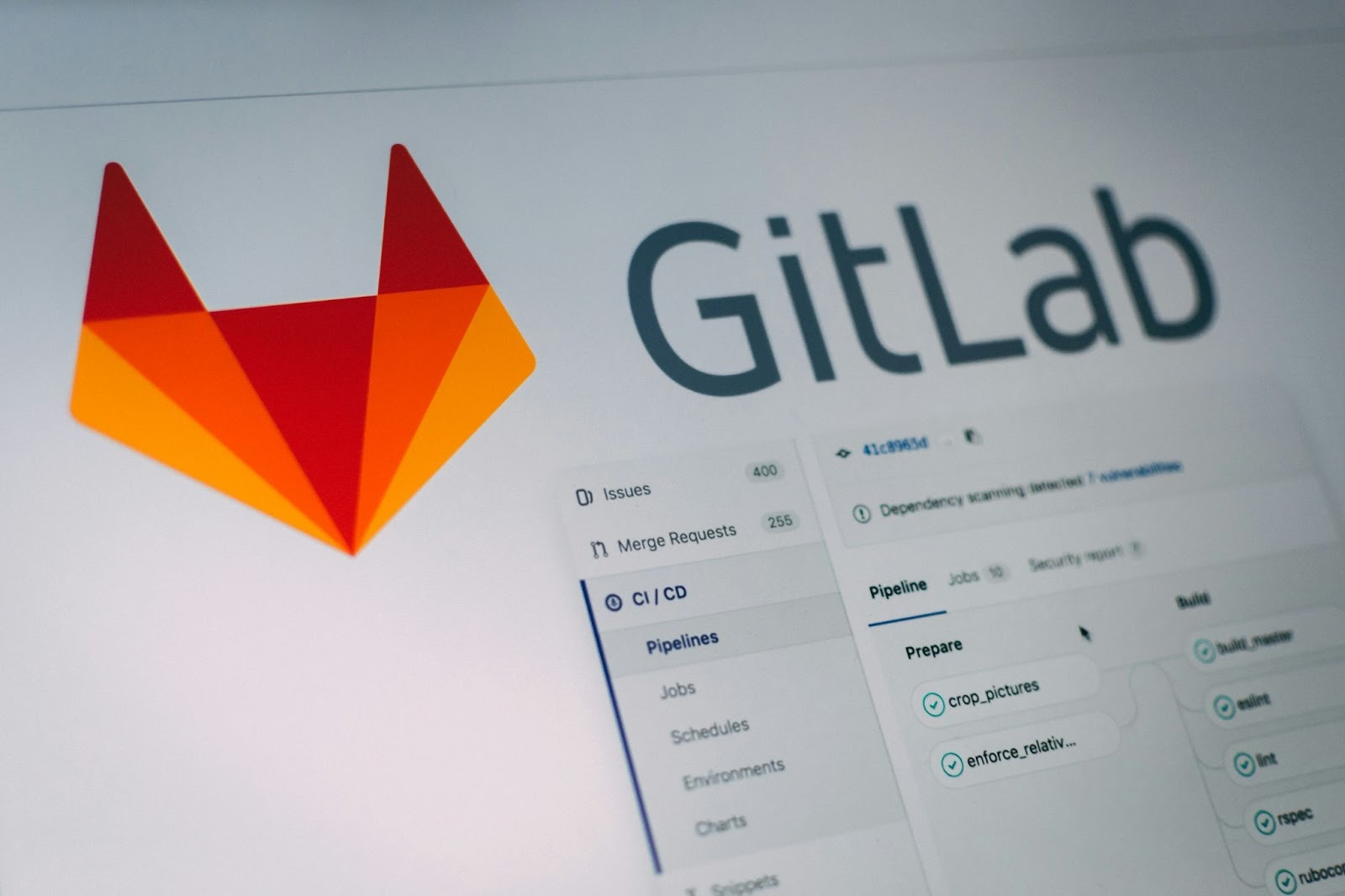Git has become a cornerstone in modern software development, offering a robust framework for version control and team collaboration. Proper use of Git versioning is essential for maintaining clean and organized codebases, as it ensures effective tracking of changes, facilitates easy collaboration and enhances overall productivity. This article focuses on practical strategies for mastering Git versioning and outlines the prerequisites for successfully implementing Git practices.

Understanding Git Versioning Best Practices
To ensure effective team collaboration and maintain clean code histories, it’s crucial to follow Git versioning best practices. These practices help organize workflows, manage contributions, and prevent issues arising during development. Version control in Git is about more than just tracking changes; it’s about ensuring that every alteration made to the code can be understood, revisited, or even reverted without difficulty.
Using Git version control best practices, developers can avoid common pitfalls such as conflicts, untraceable errors, or bloated commit histories. This ensures that a clean and accessible record of changes is available, streamlining future maintenance and collaboration efforts.
Vital Strategies for Git Version Control
Maintaining a coherent and manageable codebase through Git relies on consistently applying certain principles. Here are several essential strategies:
Consistent Commit Messages
The quality of commit messages significantly impacts how easy it is to track changes. Clear and descriptive commit messages help explain the purpose of changes, which is crucial for both the original developer and the team. Commit messages should follow a uniform format to ensure readability and consistency.
Branch Management
Proper branching use is fundamental in Git version control best practices. Branches allow for isolated work on different features, bug fixes, or experiments, ensuring that changes are not merged into the main codebase until they are fully tested. Feature branches, bug-fix branches, and hotfix branches all maintain the main branch’s stability while development continues in parallel.
Regular Pulls and Pushes
Another best practice for version control in Git is frequent synchronization with the remote repository by regularly pulling changes and pushing local commits. This reduces the likelihood of conflicts and ensures each developer works with the most current code version.
Efficient Merge Processes
While merging is a common practice, handling it with care is crucial. Developers should ensure the process is smooth and conflict-free, whether rebasing or merging. Rebasing can help maintain a linear project history while merging preserves the integrity of different branches. The decision between these two methods depends on the team’s workflow preferences and the project’s complexity.
Challenges in Git Version Control and Solutions
Using Git effectively also means being prepared for challenges. One common issue is the risk of merge conflicts, which can occur when two or more developers change the same file. These conflicts can disrupt workflows and slow down progress. The solution is consistent communication between team members and frequent updates to avoid diverging changes. Another potential challenge is maintaining a clean history; rebasing and squashing commits can help simplify the project’s history, making it easier to trace the evolution of the code.
Overwriting Shared History
Force-pushing to shared branches like master or main is generally discouraged, as it can overwrite others’ work. To prevent this, team members should agree on clear rules for working with protected branches and avoid using force pushes unless necessary, only in controlled environments.
The Importance of Training and Customization
Training and customization play critical roles in a successful CDSS implementation. Team members should be familiarized with Git’s basic commands and the specific practices the team has adopted, such as formatting commit messages, managing branches, and reviewing code via pull requests. Furthermore, Git hooks and commit message templates can enforce consistency automatically, reducing the risk of errors.
Training ensures that every team member understands how to navigate the system, while customization allows the tools to fit the project’s unique workflow. For example, Git hooks can automate everyday tasks such as running tests before commits or formatting code, which helps maintain the quality and consistency of the codebase without requiring manual enforcement.
Best Practices for Version Control in Git
In addition to strategies for managing branches and merges, specific version control best practices for Git help streamline workflows. One such practice is using atomic commits, which means making small, self-contained changes that serve a specific purpose. This helps in tracking individual changes and debugging issues when they arise. Similarly, tagging releases is essential for maintaining a clear record of significant milestones, such as production releases or critical development checkpoints.
Another essential best practice for version control in Git is avoiding including sensitive information, such as passwords or API keys, in commit histories. Environment variables or secure configuration files should be used to keep this information out of the repository. This helps maintain security and compliance with best practices in software development.
Integration and Automation
Automation is becoming an integral part of modern software development, and Git version control best practices should integrate with continuous integration/continuous deployment (CI/CD) pipelines. This ensures that code is automatically tested before it is merged, reducing the likelihood of bugs entering the main codebase. Automation of testing and deployment processes ensures that new features are compatible with existing functionality and that code quality remains high.
Automation also extends to integrating with code review systems, where pull requests are automatically checked for compliance with coding standards or undergo static code analysis before human review. This reduces developers’ manual workload while maintaining code quality and consistency.
Critical Features for Successful Git Versioning
To create a system that is both reliable and easy to use, teams should focus on building an environment that incorporates the following:
Structured Branching Models: Adopt a branching model like Git Flow or GitHub Flow to manage how new features, bug fixes, and hotfixes are integrated.
Clear Commit Histories: Encourage atomic commits and clear, descriptive messages to ensure a traceable history of changes.
Integrated CI/CD Pipelines: Leverage automated testing and deployment systems to catch errors before they are introduced into production.
Regular Synchronization: Frequent pulls and pushes help to avoid divergence and minimize merge conflicts.
Security and Compliance: Ensure sensitive data is not included in the version history and that security protocols are followed.

Conclusion
Mastering Git versioning and implementing Git version control best practices is crucial for maintaining an efficient, reliable, and secure codebase. Through consistent use of branches, clear commit histories, automation, and collaboration, developers can create systems that support the current project and remain adaptable for future development. By focusing on these best practices for version control in Git, teams can optimize their workflow and maintain high code quality throughout the software development lifecycle.
Author: Gregory Swenson
Gregory is an experienced IT professional with a knack for solving complex tech challenges. With over a decade in software development and technology consulting, he shares his insights and expertise through articles to help others navigate the IT landscape.



